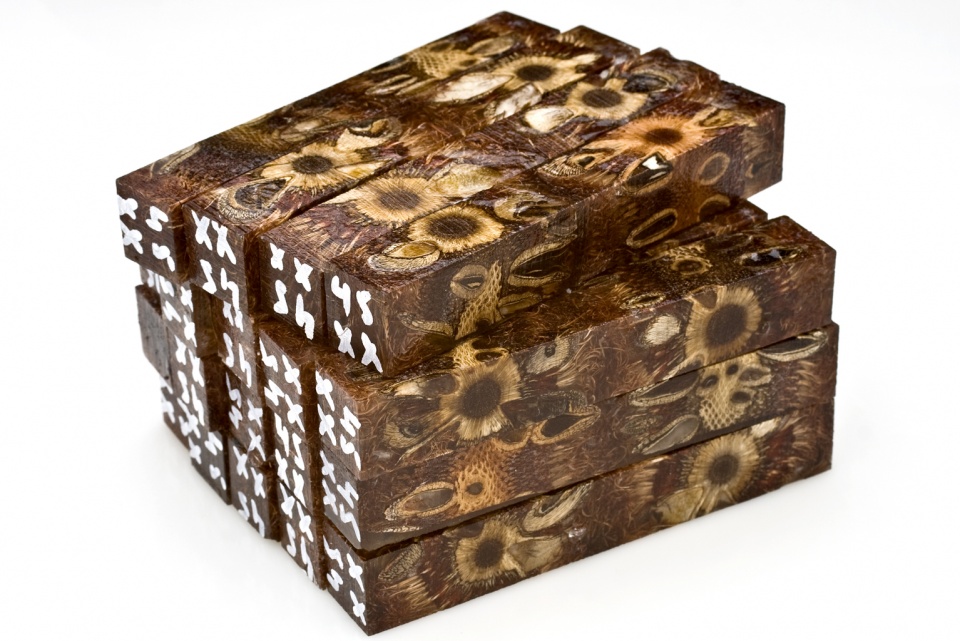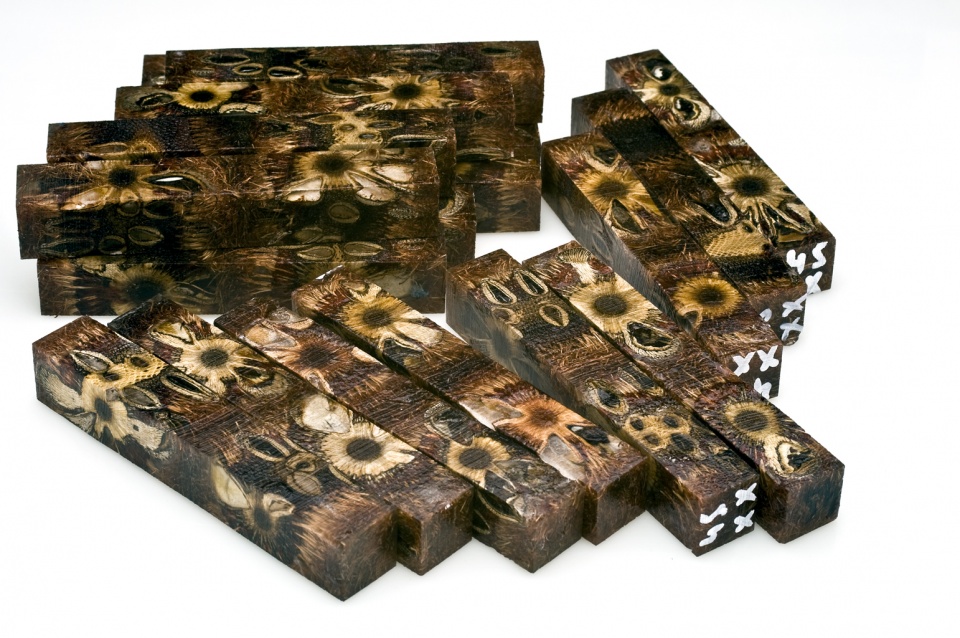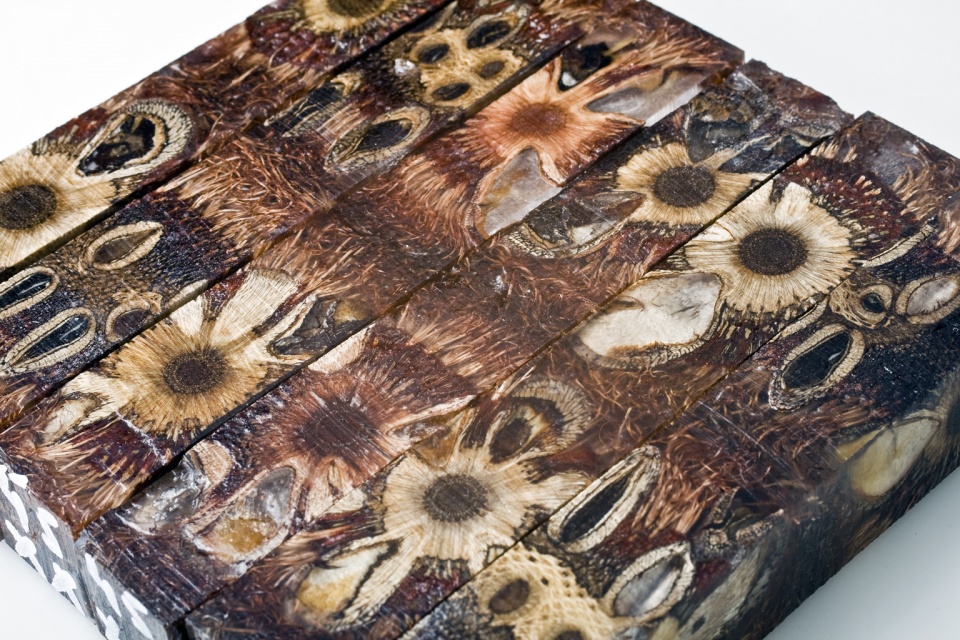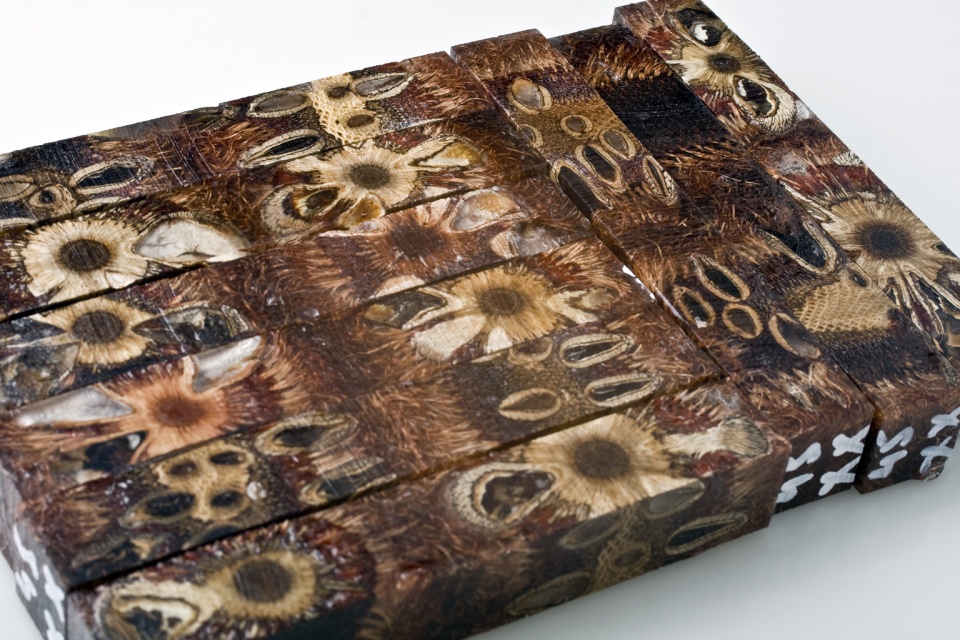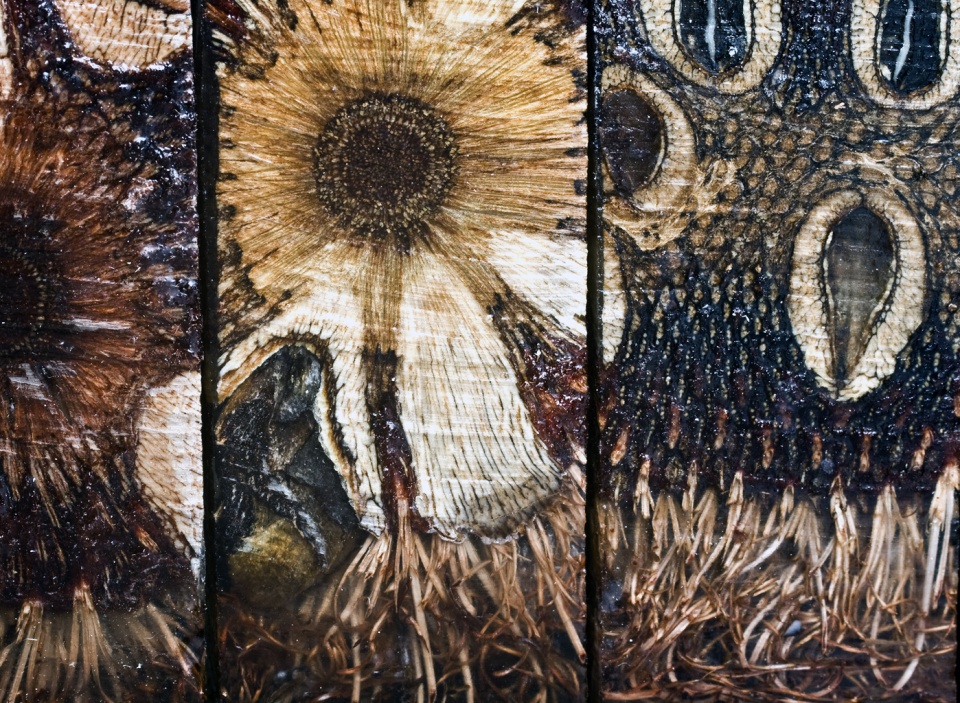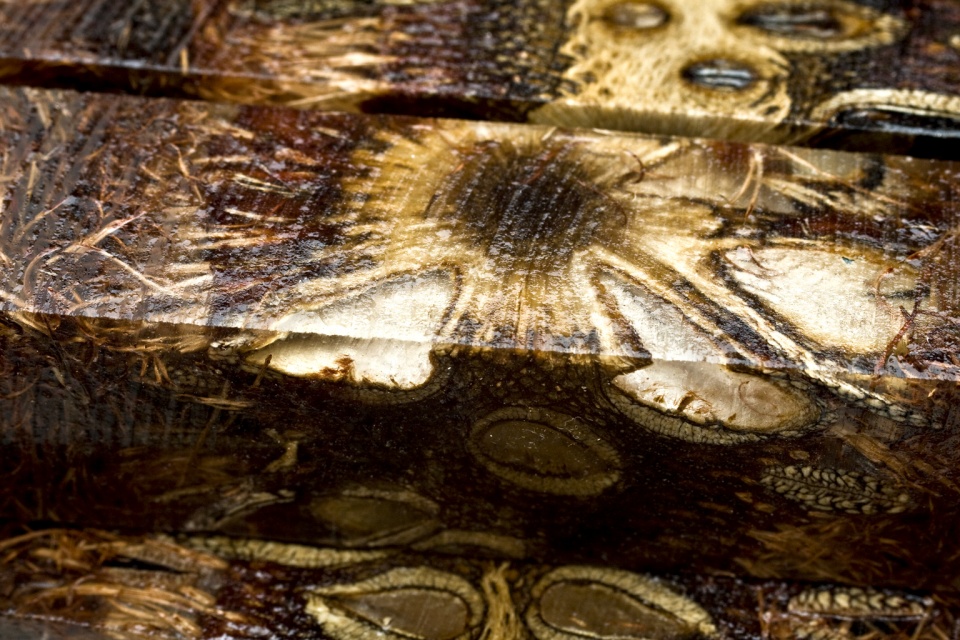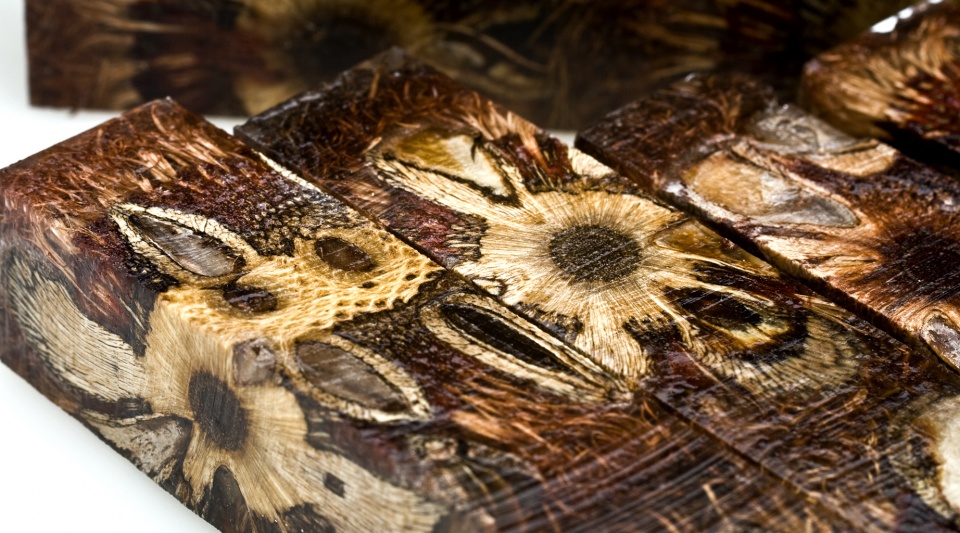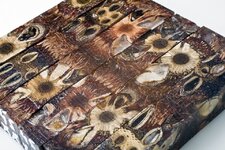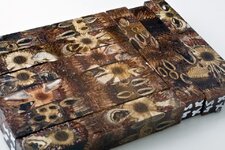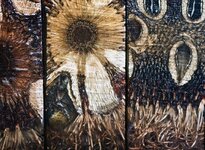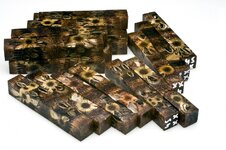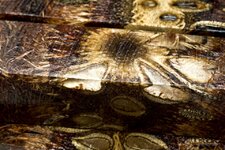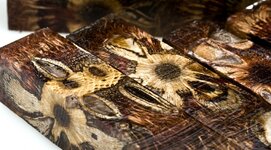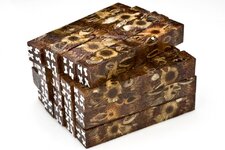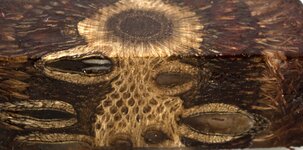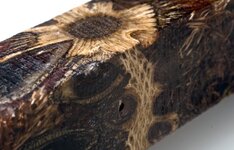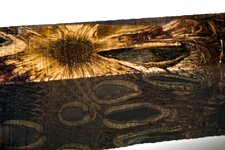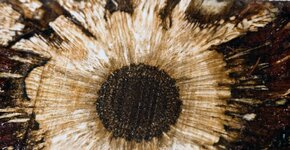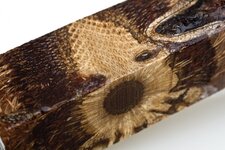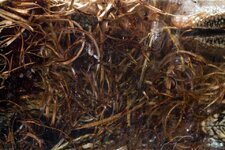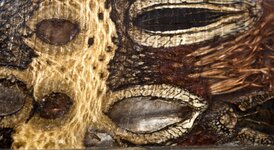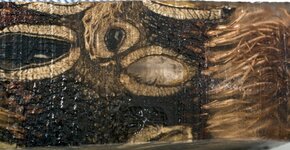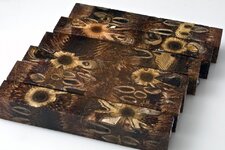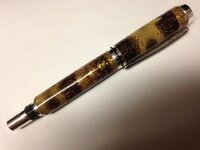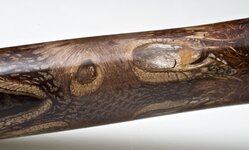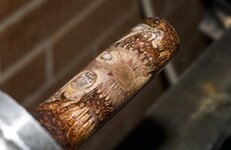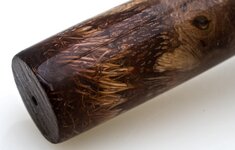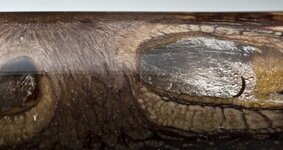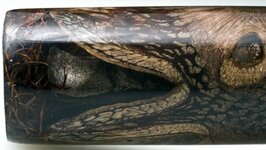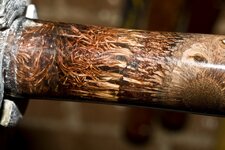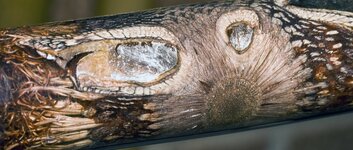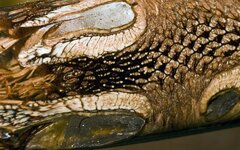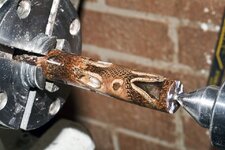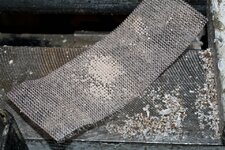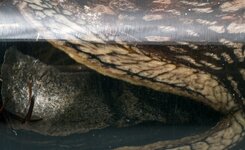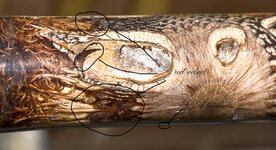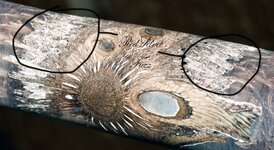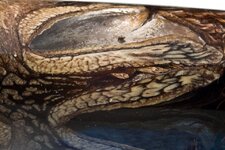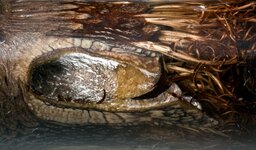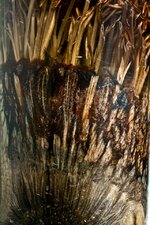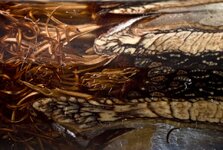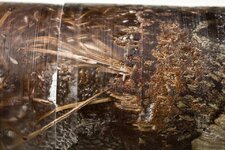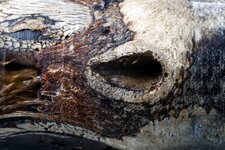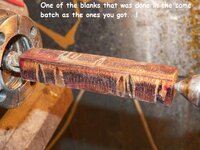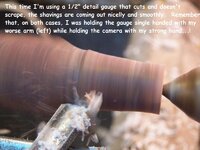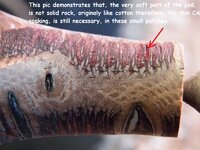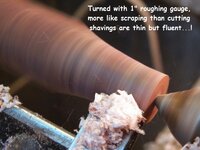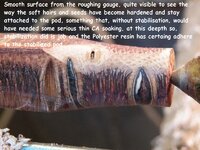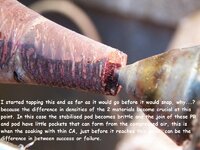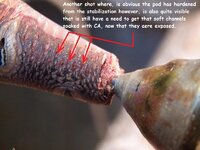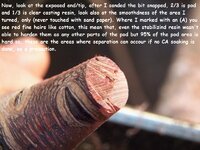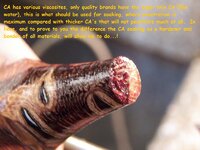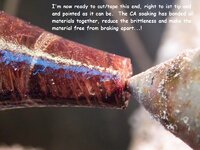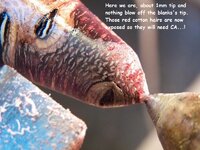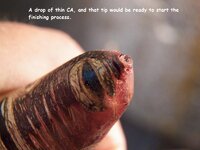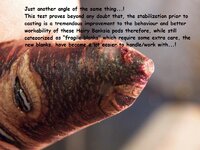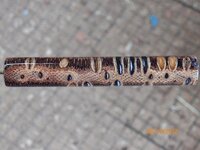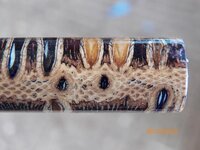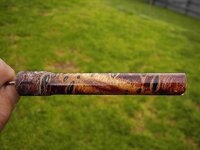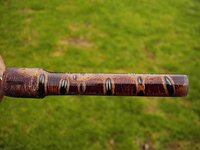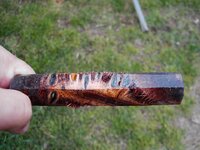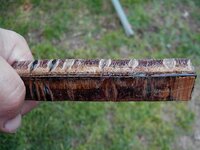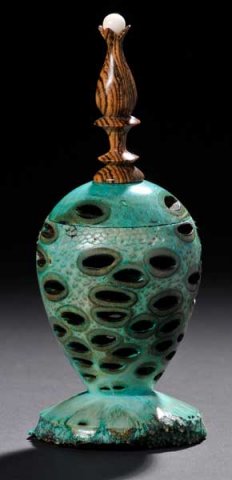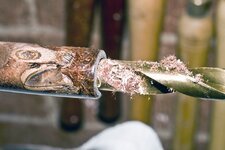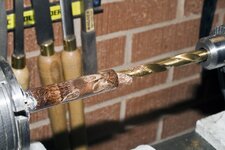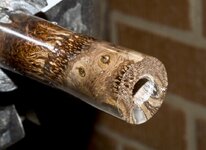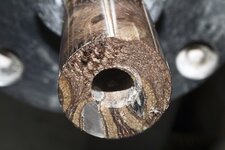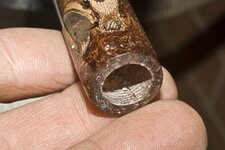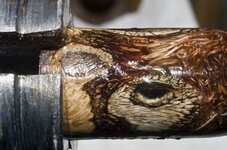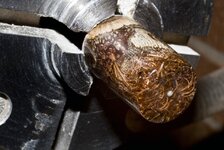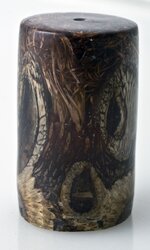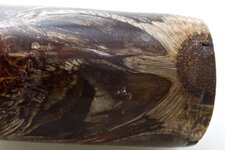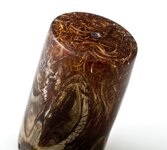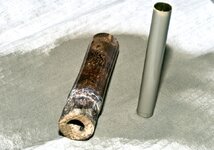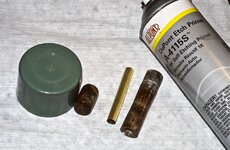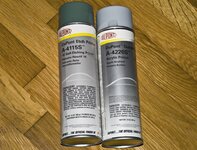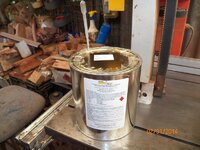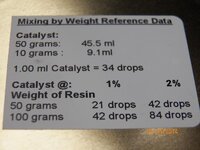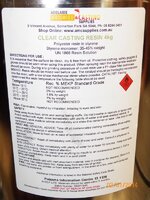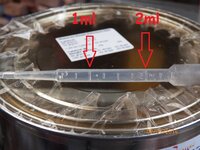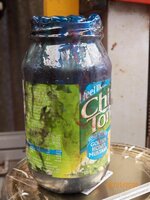Ed,, these are utterly gorgeous...
Will they be any available for sale?

)
Thanks,
Mike
Hi Mike,
Oh boy, lets see if I can give you an answer that you and other will be able to understand and accept and true and correct.
These blanks have been made by me for some years and they were made to demonstrate how one could use many of the natural resources, we all have around us, I had these 2 small Banksia tree growing in the front yard of this place when I rented it nearly 9 years ago.
When I started to make Resifills (resin filled blanks) I looked at those Banksia's and wondered what the pods would look inside and how could I use them to make pen blanks from, using this new casting process I was implementing.
I soon find out that half of the pods are not suitable for these blanks as they never develop any seeds and the suitable ones were a tricky material to work with but I made experimentation after experimentations and started to sell them for people to try and see if they could make nice pens with them.
The majority of the braver people in those days were regulars that have been buying my solid wood pen blanks for some time so, I knew they could make pens, that was a good start however, most of them found them very difficult to handle and blown them up, one after another and many gave up but some, did realise that with some patience and some gentle handling, magnificent pens could be made from them but never a easier process, never the less...!
I made a few different types, basically different way to cut the pods making the diagonal cut ones, the most sourced at the time. I always had a few dozen made, of which I would make in one go, they would last me a few months at about 8 to 10 blanks sold each month.
I kept adding blanks on the old listings to keep the listings alive but I never bother to update the prices as the costs of the resin supplies, power and everything kept going up, I wasn't selling that many to worry about and as I said before, 99% of times they were sold to my most regular pen blanks buyers, that I knew they would blow a few every so often so, I kept supplying them at once upon a time, was the cost price (materials only).
When I first started stabilising, I though in improving the blanks strength but stabilising the pod pieces and then cast them as normal, I added the $1.50 for the stabilising as the average per blank stabilising cost and had the 2 listing on my eBay store, the old raw cast pods and the stabilised ones.
Believe it or not, they were there for months before a single one was sold while the raw pod ones were selling as normal so, when I asked the reason why they keep going to the raw ones knowing that the stabilised ones would be easier to handle, I'm told that, they didn't wanted to pay for the extra stabilising cost when they had already got used to handle the raw pod blanks. They endup selling but took 1 year or so to sell 18 blanks.
So why is that, the blanks have been listed on eBay for AU$5.50 each until last night and now the updated price for the 21 blanks left of the last raw pod batch is now AU$8.50 each and the future batches will be listed with all the blanks with the pod pieces stabilised, and at AU$10.00 each..???
Well, the reason is very simple, I can not keep making them for nothing and get all my pod stock disappear, these 2 months have seen me making over 300 blanks and use 2/3 of all my pod stock when the trees will be unable to produce any significant number of pods for another couple of years, I can not spend days and days making them to accommodate such volume of orders of at least 10 blanks per order, from every corner of this Earth and from people that I never heard about.
I have 2 options, I either stop wasting my time and my pods for no return and stop making them all together or, I bring the prices up to a more realistic and accurate value to what they worth to me...!
My decision to do these blanks with the stabilised pods, is due to the constant complains from those that ignored any of my advice on how to handle these blanks and decided to treat them as if they were solid wood blanks, and then complain that the blanks are no good and are not made right so, I need to make sure, these blanks if made are going to be made with the best options I have to make them a little more user friendly, we all know and saw, what these blanks can do when done right, the stabilisation is not going to solve all the problems but will improve their workability up to 50%, that is the best I can do at the moment, with the materials I have available to use.
So Mike, and to answer your question, yes they are available for sale, at this precise moment, I should have 17 of these older batch blanks (raw pod) at $8.50 each available on my eBay store,
here
After those are sold, the listing will be removed and will be replaced with the new listing of the stabilised pods pieces and then cast, those will be available at AU$10.00 each.
I have about 50 of those blanks already made since last week, they will not be listed until at least 4 weeks have passed from the day they were made, this is to ensure all the resins are cured/set properly before they go on sale. This has been a normal practice from me for all my Resifills, unfortunately, with the crazy demand for these blanks lately, no one was prepared to wait and wanted the blanks ASAP, advise was clearly given in each order that, the blanks require a minimum of 14 days to cure, I recommend an extra 2 weeks just to make sure and while I was promised that they would respect that, mostly overseas which normally take 2 weeks to arrive, only is some occasions it take about 1 week however, in some of these orders, I had complains as early as 2 weeks after these blanks were posted, complaining that the blanks weren't cast properly and were braking apart...!

now, figure that out...!
So, I apologise for the long explanation and for some "disappointments" I may have created, I created the problem, I fix the problem...!:wink::biggrin:
Cheers
George
